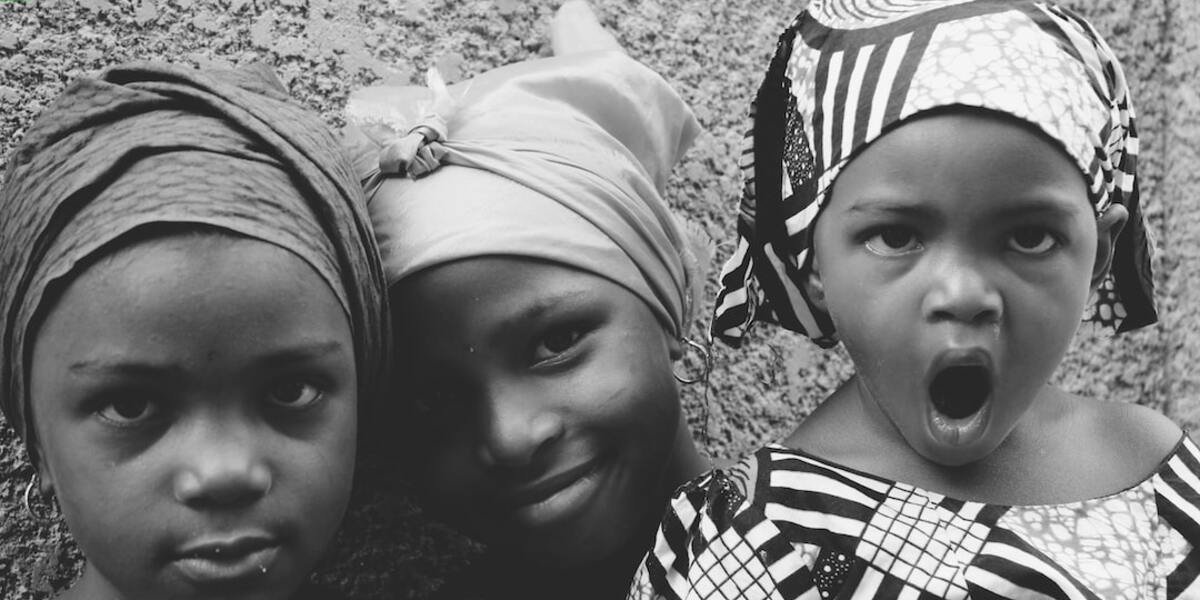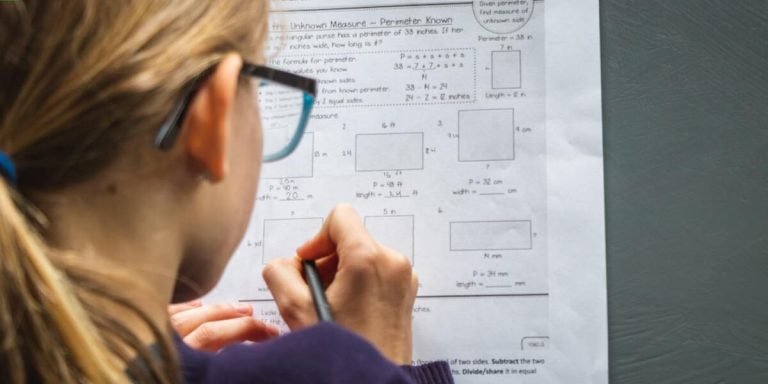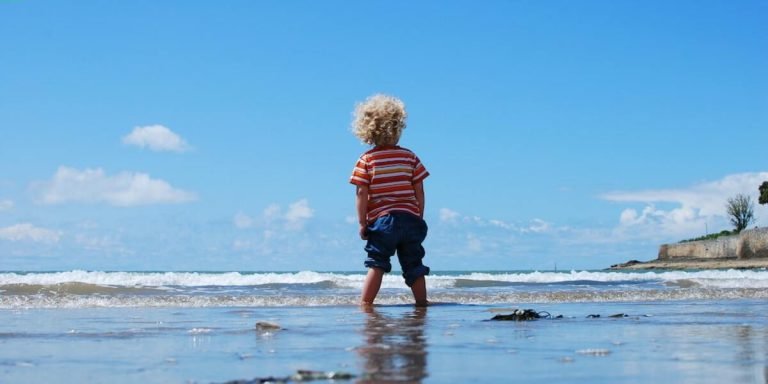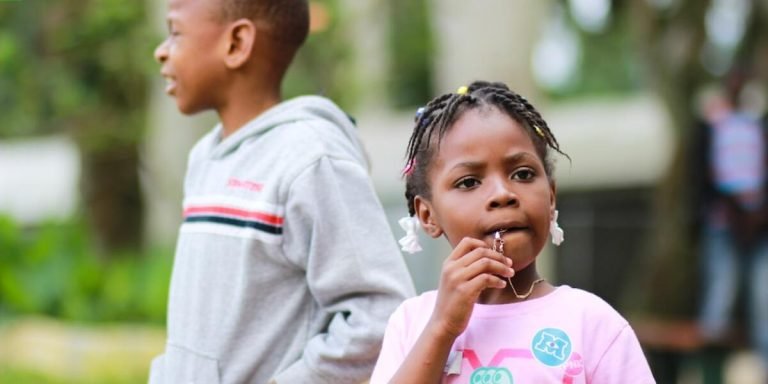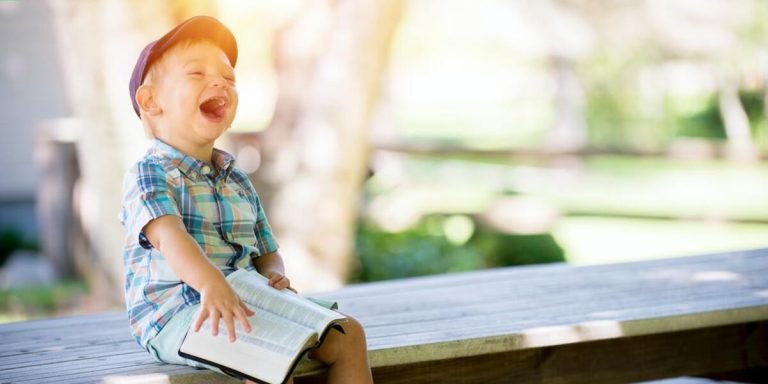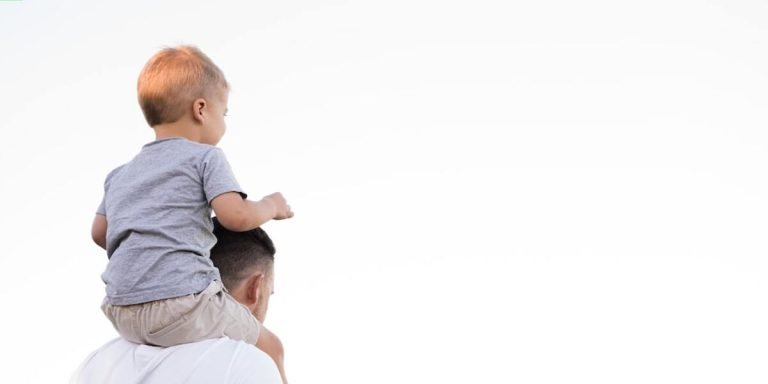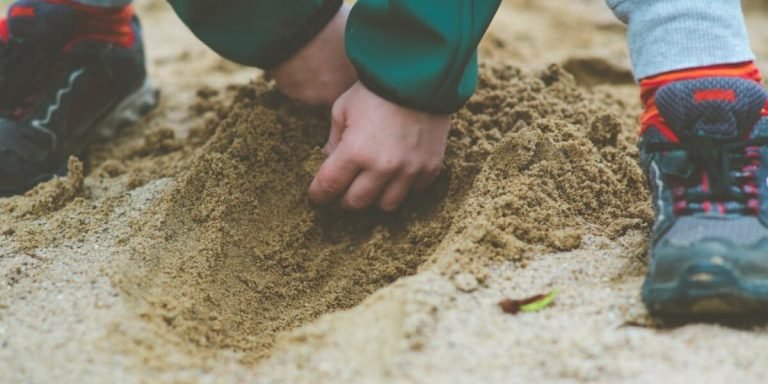Preschool for 2 Year Olds: Nurturing a Love for Learning Early On
Preschool for 2 year olds can be a transformative stage in the educational journey of your child. This period serves as their first exposure to structured learning, providing an excellent opportunity to instill a love for education early on. While many may find it challenging navigating this phase correctly, understanding its importance and adopting appropriate strategies can make all the difference.
These tender years are crucial developmentally; they lay down foundational blocks that would define future academic and social success. Preschool programs at this age aim not just at teaching kids numbers or letters but fostering overall cognitive skills too – hence establishing lifelong learners. Let’s dive into how we can nurture toddlers’ curiosity effectively through preschool activities tailored specifically for two-year-olds.
Did you know?
Did you know that by the age of 2, a child’s brain is as active as an adult’s and about twice as active by the time they turn three? This heightened activity makes them receptive to learning experiences in preschool.
The Importance of Developmental Milestones in Preschoolers
Understanding developmental milestones in preschoolers, especially for the tender age of two, is crucial to their overall growth and learning journey. These guidelines form a framework that enables parents and educators alike to track progress, identify potential delays or difficulties at an early stage, and take appropriate action promptly.
In the context of early childhood education in 2023 — where methodologies have evolved significantly with technology integration — identifying these milestones becomes even more important. It helps provide personalized approaches that cater effectively to each child’s educational needs – no one-size-fits-all model here! Furthermore, recognizing these developmental landmarks isn’t just about academic skills; it covers areas like motor development, language proficiency as well as social-emotional competence.
Preschools designed for two-year-olds must exhibit a comprehensive understanding of these stages while crafting their curriculum. The programs should be tailored not only towards achieving established goals but also promoting holistic individual development. Be it through play-based activities stimulating creativity or guided tasks encouraging critical thinking – each step taken during this time paves the way forward.
Recognizing Key Growth Indicators for 2-Year-Olds
As caregivers and educators, it’s imperative to understand the importance of developmental milestones in preschool for 2-year-olds. These serve as vital checkpoints that help track your child’s physical, emotional, social, cognitive and language development.
One such key growth indicator involves gross motor skills which typically involve large body movements. At this age group, children should commence running legibly without tripping over their feet. The ability to confidently climb into furniture is another signifier on target for this skill set.
Another fundamental area revolves around fine motor skills – those requiring smaller muscle coordination including hands and fingers coupled with eye coordination. Look out for accomplishments like attempting puzzles or crafting beads onto a string; these suggest they are heading down an appropriate path of dexterity progression in preschool education routines.
Next comes linguistic development where fluency gets honed progressively via conversations with adults around them or engaging tasks designed specifically at enhancing communication abilities within their everyday setting let alone school curriculum structures catering to early childhood education principles esteemed nowadays in our year – 2023.
Additionally lookout for budding self-awareness traits highlighting growing acquaintance instinct towards personal experiences being foundational blocks supporting socio-emotional evolution phases among pre-schoolers having multi-faceted implications throughout lifetime spectrum starting from interpersonal relationships till career-success benchmarks maintained on future horizons ahead!
Social interaction proficiency emerges uniquely individualistic yet remains no less crucial either! Notice if your two-year-old shows interests while playing alongside peers? Or have preferences about whom they enjoy spending time during playdates more than others?
Facilitating Motor Skills and Cognitive Abilities at an Early Age
Understanding the importance of facilitating motor skills and cognitive abilities at an early age, particularly for preschool children aged two years old, cannot be overstated. Our present focus in 2023 must remain on improving the foundational steps of a child’s learning journey by effectively employing our knowledge about Early Childhood Education.
On the other hand, Gross Motor Skill exercises often involve larger movements utilizing bigger muscles groups. Examples include jumping jacks that can help improve balance and coordination in toddlers while providing them with opportunities to burn off energy positively.
Incorporating Play-Based Learning in Preschool Curriculum
Incorporating play-based learning into a preschool curriculum for 2 year olds isn’t just about fun and games. In fact, it’s an intricate fusion of educational strategies proven to stimulate young minds through interaction and exploration in the early stages of childhood development. Here, we take a look at how introducing playful activities has been revolutionizing child education in recent years.
Play-based learning provides children with opportunities to develop critical life skills while creating an environment they find enjoyable and relaxing. It’s not simply dropping toys on a table; instead, teachers carefully curate experiences that expand their students’ perception of the world around them by encouraging curiosity, creativity, problem-solving abilities and social attributes.
As society continues evolving so does our understanding towards early childhood education necessitating adaptations in teaching methods used for two-year-olds within preschool settings. The traditional ‘chalk-and-talk’ approach is being depreciated as research indicates its inefficiency compared to more engaging techniques like interactive play-learning methodologies which are now becoming increasingly popular among educators globally due to stark improvements observed in developmental outcomes among kids exposed to such setups.
Designing Engaging Activities for Two-Year-Olds
Play-based learning has become a golden standard in the world of early childhood education, particularly when aiming to design an engaging preschool for 2-year-olds. This approach encourages natural curiosity and allows young minds to explore their environments while cultivating crucial developmental skills without feeling pressured by traditional academic structures.
It’s important first understand that at this age, children are experiencing various significant cognitive and physical growth milestones. They’re naturally curious about everything around them – they touch, taste, hear, smell – all as a part of understanding the world better.
Craft activities involving materials like playdough or water beads can stimulate their senses and boost fine motor skill development simultaneously.
Introduce ‘Listener’s choice storytime,’ where you read out from picture books selected by your wards themselves—this aids language acquisition along with promoting decision-making capabilities among our tiny tots!
Set up role-playing scenarios using soft dolls or toy animals allowing kids to act out different roles fostering empathy and imagination within them.
Balancing Fun and Education Through Structured Play
With the growing emphasis on early childhood education in our society, more parents and educators are seeking effective ways to facilitate learning for preschool kids. One innovative approach is through structured play which successfully balances fun with meaningful educational experiences.
Structured play aligns perfectly with a “preschool for 2-year-olds” setting – an age group brimming with curiosity, exploring their surroundings actively while gaining critical developmental skills. Not only does it provide them amusement but also gently introduces them to cognitive challenges wrapped in playful activities.
Considering that children at this tender age learn best when they can relate lessons to something tangible and interactive; structured play becomes exceedingly beneficial. It serves as a solid foundation of knowledge by employing engaging games or toys fostering fine motor skills development like picking up small objects, sorting shapes etc., all while enhancing logical reasoning.
In addition, social-emotional growth therapy is another pillar where structured-play shines brightly. Play-based interactions allows these young learners to better understand emotions – theirs as well as others’, paving way for empathy building within peer-groups thus instigating harmonious classroom environments.
Language acquisition’s significant leap during ‘terrible-twos’ phase gets fuelled by role-playing or storytelling sessions incorporated into regular curriculum making concepts easier-to-understand promoting linguistic mastery simultaneously cultivating vivid imaginations among students leading towards enhanced creativity levels one might not witness otherwise!
Strategies for Nurturing Emotional and Social Development in Toddlers
Engaging two-year-olds in a preschool setting requires specific strategies that focus on their emotional and social development. As educators or parents, understanding the milestones and appropriate activities for this age group is crucial to create an enriching environment where toddlers can thrive.
Toddlers aged two are typically at a stage where they start showing signs of empathy, wanting to play with others but needing help navigating interactions. It’s our role as caregivers to guide them gently through these complex emotions by validating their feelings and providing ample opportunities for safe interaction with peers. This not only helps children understand how relationships work but also allows them to develop important skills such as sharing, taking turns, problem-solving which form the bedrock of healthy social behavior.
Furthermore, incorporating picture books dealing with emotions into daily routines can be another impactful strategy in nurturing toddler’s emotional intelligence. Books serve as gentle teachers introducing concepts like happiness, sadness or anger in age-appropriate terms making it easier for youngsters grasping complicated feelings inside themselves or perceived from others.
Finally yet importantly comes praising efforts over outcomes fostering self-esteem among tots making mistakes less daunting while enhancing resilience quotient critical for thriving even later during formal school years.
So strategizing early childhood education keeping ’emotional health’ center-stage proves instrumental laying foundation stones toward well-rounded growth journey pertaining toddlers stepping into the wide world of learning beyond homes!
Building a Foundation for Empathy and Cooperation Among Peers
In early childhood education, building a foundation for empathy and cooperation among peers plays an integral part. Especially in the case of preschool for 2-year-olds, it’s crucial to start their social development right away.
The first step is fostering daily routines that encourage interaction. For instance, participating in group activities such as singing or storytelling not only improves cognitive abilities but also promotes peer-to-peer connections.
Thereafter comes promoting effective communication skills within this age group – teaching them how to express feelings verbally instead of resorting to physical means can do wonders! A good way could be engaging children with interactive storybooks where characters display different emotions and reactions.
Using constructive play methods like puppet shows or role plays are another brilliant strategy – they enable toddlers understand other’s point of view by being “in someone else’s shoes”. The shared experience fortifies bonds while instilling lessons on understanding each other better which forms the bedrock of empathy!
Last but definitely not least – foster an environment free from judgment and abundant in patience. Kids need time to understand complex concepts like sharing, taking turns etc., just remember support goes a long way at this stage!
Encouraging Positive Behavior and Communication Skills
In early childhood education, specifically for preschoolers aged 2 years old, fostering positive behavior and enhancing communication skills is essential to their emotional and social development. It’s a crucial time in life when children are eager to grasp the world around them.
1. **Positive Reinforcement**: One of the best strategies that can be used for nurturing this age group is positive reinforcement. Congratulate your toddler whenever they share toys or express kindness towards others.
This appreciation not only promotes good actions but also boosts self-esteem.
2. **Developing Emotional Vocabulary**: Encourage toddlers to express how they feel by teaching them simple words related to emotions such as happy, sad, angry etcetera which enhances their emotional awareness while laying groundwork for effective communication.
3 .**Role-playing Games**: Incorporate pretend play into daily activities with games like ‘house’, ‘doctor’, or even something fun like an impromptu tea-party.
4 .**Consistent Routines:** Preschools often have organized routines – this helps little ones understand what’s expected of them at different points during the day thereby instilling discipline from an early stage in their educational journey .
5 .**Story Time Experiences:** Use storybooks featuring relatable characters facing everyday scenarios promoting empathy within young minds learning about real-world experiences through fictional narratives- a cornerstone aid among preschools primarily catering two-year-olds today .
Conclusion
In wrapping up, it’s clear that preschool for 2-year-olds is far more than playtime and snack breaks. It’s where the foundation of lifelong learning curiosity sprouts, fuelled by a carefully balanced blend of structured stimulation and free exploration. So while making a choice about your toddler’s education might seem prematurely pressing now, remember what you’re cultivating – not just academic readiness but also an enduring love for learning.
We invite you to explore further into our content rich website brimming with information on children’s education and supportive resources both parents and educators can bank upon. With every article we share here at Childhood Education Central, our aim is steadfast: enlightening the path towards nurturing enlightened minds tomorrow out of playful tots today!

